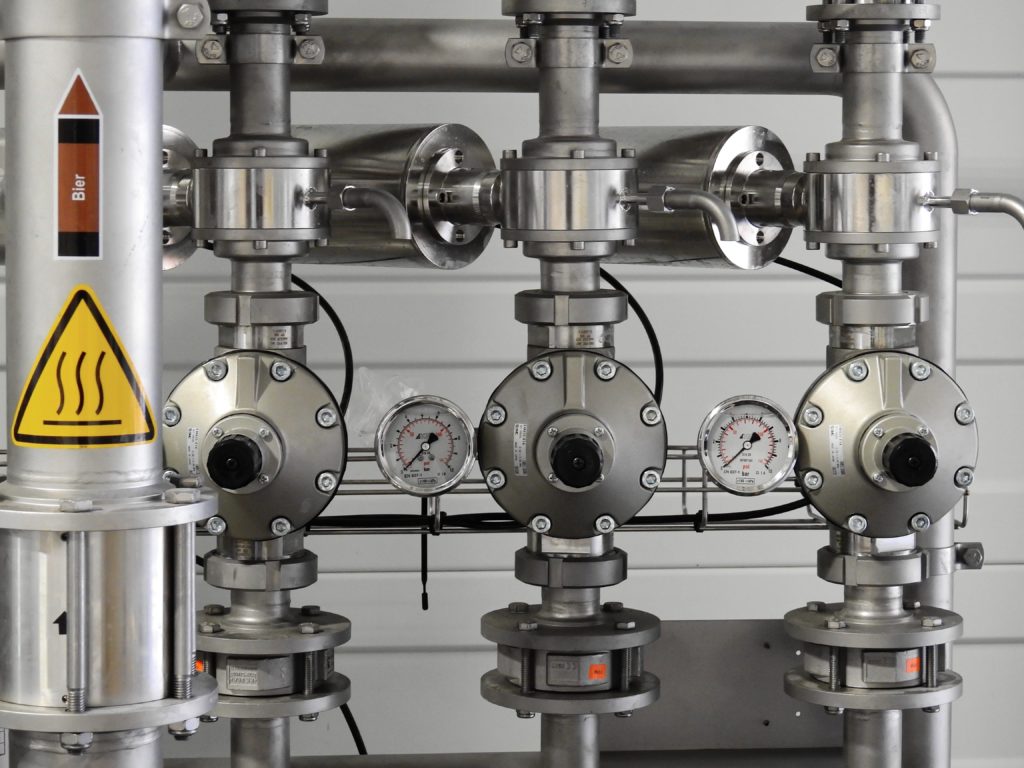Image Credit: Pixabay.com on Pexels
Why should you choose to use RCM analysis, or reliability-centered maintenance, in your facility?
Mainly, you need RCM because it’s an important strategy. Designed for use at the corporate level, RCM analysis enhances your facility’s overall maintenance strategy. When a company has implemented an RCM program, the company becomes more productive. That’s because it becomes easier for managers to make better decisions that lead to time and cost savings.
However, many business owners have their doubts. “Why should I invest my money and time to purchase software programs, gather teams, conduct research, then chase a new plan of action? After all, I already have a pretty good maintenance plan. And besides, I already feel like I don’t have enough time to run my operation properly. How could I possibly find time to make these changes?”
If you have these questions, you’re not alone. As a matter of fact, many business owners are skeptical when they first hear about the importance of investing in CMMS maintenance software and implementing an RCM analysis program. However, in this article, we hope to show you that an effective RCM analysis program can save your company both time and money. (CMMS, by the way, stands for “computer maintenance management system.“)
Four Principles Important for an RCM Program
Four principles that are important for an effective RCM analysis program:
- The ultimate goal is to preserve the functionality of the system.
- Managers need to fully recognize all of the failure modes that affect the functionality of the system.
- Management must set priorities for each failure mode.
- Management must also choose effective and applicable tasks to control all of the failure modes.
RELATED ARTICLE: THINGS TO CONSIDER WHEN STARTING YOUR MANUFACTURING BUSINESS
Achieving Your Targets with the Help of RCM Analysis
When your company’s maintenance is centered around reliability, your team can begin to recognize the organization’s most important functions. Then they can choose to enhance and improve their maintenance strategies. When they do, the number of system failures is reduced. Moreover, the reliability of all machines and equipment improves.
Additionally, your team will learn that those assets that have higher chances of failure are the most critical. They will then learn to use the most effective techniques in order to boost the reliability of your entire facility.
One advantage of RCM is that when you implement RCM analysis, more machines and equipment become more available more of the time. This reduces your costs for resources and maintenance. For example, by using RCM analysis, several companies, including Jardine and Tsang, have successfully reduced their maintenance costs by as much as 45%.
However, a disadvantage of RCM is that it does not take the entire cost of maintaining and owning an asset into account. This includes those ownership costs such as evidence-based maintenance.
Optimizing a Maintenance Plan by Utilizing RCM Analysis
The steps for optimizing a well-managed maintenance plan utilizing RCM analysis include:
- Selecting the right equipment
- Determining the function of each piece of equipment
- Recognizing any failure of functions
- Recognizing the possible effects of these failures
- Identifying the causes of failure modes
- Determining the maintenance jobs that will meet the needs of the failure modes
A Final Word
Overall, RCM analysis is a technique that brings together all of the information necessary for understanding the way in which each piece of equipment best performs. Moreover, an RCM program defines the actions necessary for boosting a machine’s uptime while reducing effort and cost to the least amount possible.
You can best apply RCM analysis when you understand the failure rates of your equipment. Moreover, RCM requires a disciplined team that carefully analyzes the data and continuously develops the company’s maintenance plans. Moreover, it does so in alignment with your company’s policies as well as with governmental rules and regulations.

